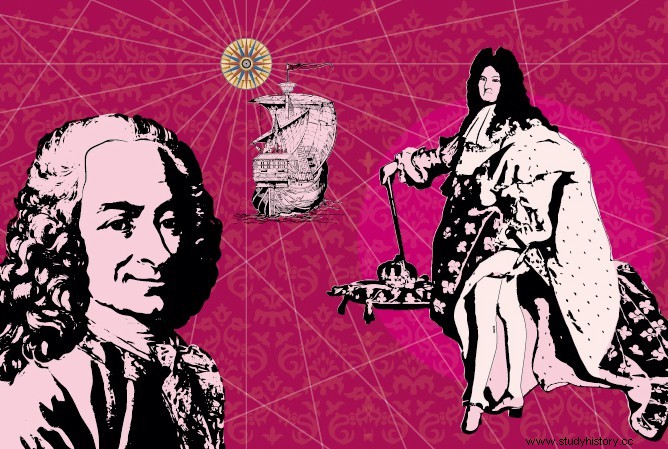
Although he was noted as a child for his talents as a violinist, Mozart flourished musically with other string instruments:the harpsichord, then the piano. The latter, with a more powerful and flexible sound, allows him to reach his peak as a composer and performer.
Harpsichord
From the Renaissance to the middle of the 18
th
century, the harpsichord is the most prestigious of stringed instruments. Its plucked string mechanism produced a sound very rich in harmonics that did not, however, allow the sound to be graduated. Mozart wrote his first harpsichord sonatas at the age of 6; his first piano concerts, composed before the age of 20, were for the harpsichord.
The clavichord
With its small size and soft sound, the clavichord was the household instrument par excellence. It was a struck string system, like the piano, but less powerful. Mozart took one with him on trips, and he probably had one at home, which he used for composing shortly before his death.
The piano
The struck-string mechanism of the piano, invented around 1698, makes it possible to produce sounds as soft as they are loud (from the Italian piano and strong , hence the name pianoforte ), as well as linked notes, thus enhancing the expressive power of the music. Although more expensive and more fragile than the harpsichord, the piano ended up replacing it, because it was favored by musicians and the public. In 1777, Mozart, who had tested the piano of a Viennese maker, wrote in amazement to his father about a sonata:“The last, in d major, sounds incomparably good on Stein's fortepiano. Thanks to the piano, Mozart will dazzle not only with the virtuosity of his interpretation, but also with the emotional force of his compositions.
